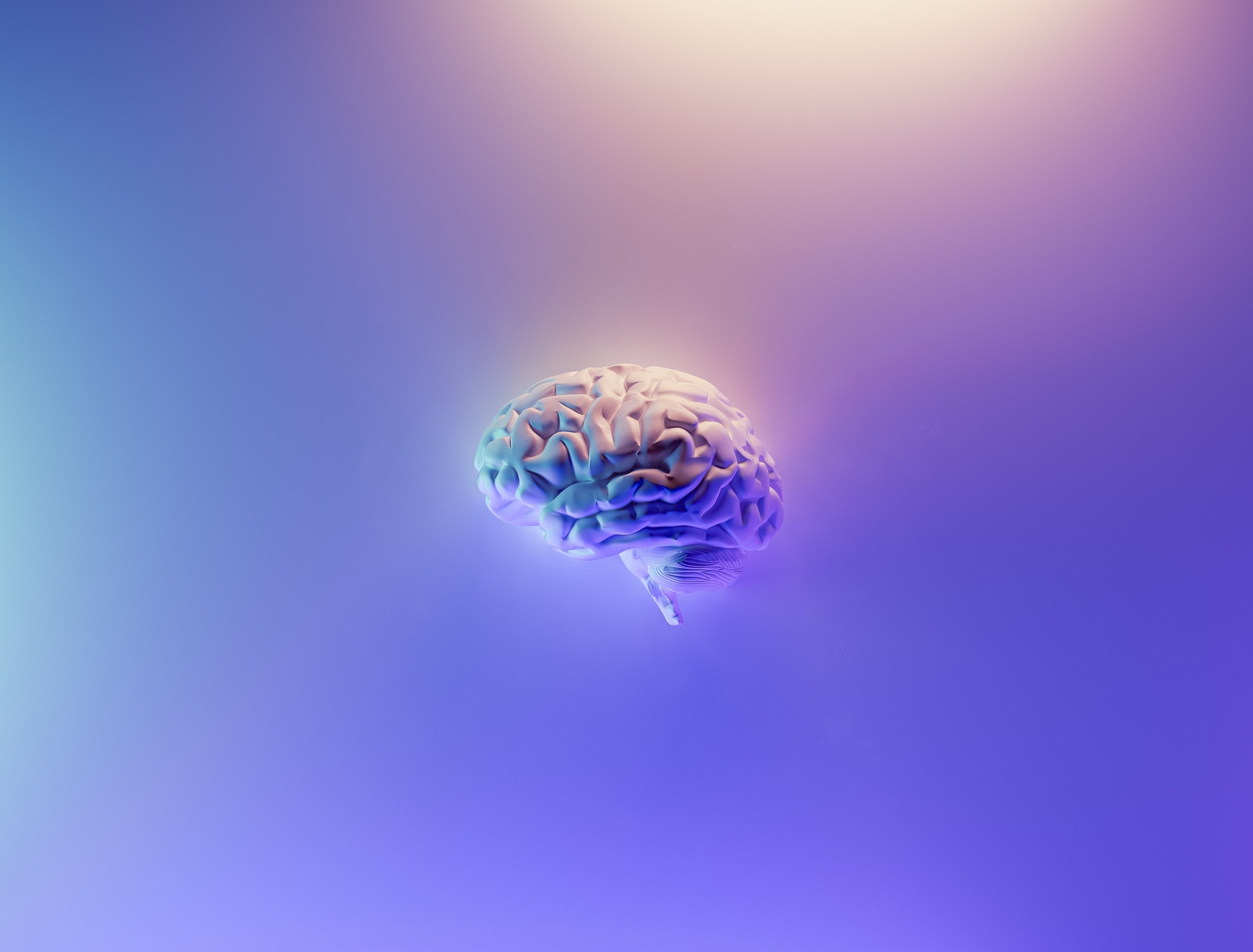
Get the Six Habits for Overcoming Isolation Guide for free


The amygdala is a small, almond-shaped structure of cells located in the temporal lobes on both sides of the brain, just above the hippocampus and below the frontal lobes. It is part of the limbic system, a group of brain structures involved in processing emotions, motivation, and memory.
Listen to the podcast version here
The amygdala's primary function is processing and responding to emotionally charged events and regulating social and emotional behavior, including the fear response. It receives input from various senses, such as sight, hearing, and touch, and helps to identify and respond to emotionally charged stimuli.
The amygdala is also involved in the consolidation (e.g., storage) of memories, especially emotional ones, and plays a role in triggering memories during the retrieval process. Finally, the amygdala is also involved in the stress response.
The amygdala plays a crucial role in our emotional, social, and professional lives. Therefore, understanding its functions and how to maintain its health is vital for mental and emotional wellness as well as being successful in life.
The fear response is generated by the activation of the amygdala, which in turn stimulates the hypothalamus. The hypothalamus sends signals to certain adrenal glands in the body to produce hormones such as adrenaline and cortisol. The release of these hormones causes physical changes such as an increase in heart rate, breathing, blood sugar, and perspiration.
In addition to its role in processing and responding to emotions, the amygdala regulates social behavior; it helps individuals recognize and respond appropriately to social cues, such as facial expressions and tone of voice and plays a role in developing and maintaining social relationships.
Research has shown that damage to, or removal of, the amygdala can lead to "Klüver-Bucy syndrome," which is characterized by the loss of fear and inhibition, leading to risky behavior, compulsive eating, dysfunctional sexual activity, and an inability to recognize friends or family.
It is well-known that stress-related illnesses, like PTSD, cause changes in brain structure, including the size and connectivity of the amygdala, and differences in the ratio of gray matter to white matter. But chronic stress can have similar effects too.
The brain's grey matter is packed with nerve cells and is responsible for higher functions such as thinking, computing, and decision-making. It is also involved in sensory perception, movement, and emotion. Therefore, gray matter is vital in how we think, behave, and perceive the world. However, gray matter only makes up half of the brain; the other half is white matter.
White matter is compromised of axons, which are responsible for forming a network of fibers that connect neurons in the gray matter and create a communications network between brain regions. White matter gets its name from the presence of myelin, a fatty white sheath that facilitates these connections.
Research has found that prolonged stress may lead to the hardening of the wires between neurons, which can cause hyper-connected circuits and an excess of myelin and white matter in certain areas of the brain.
The brain usually trims excess wiring through a process called neural pruning, but cortisol - which is released due to prolonged stress - may create increased communication between the hippocampus and amygdala, leading to a brain that is prone to a constant state of fight-or-flight.
Chronic stress can alter stem cells and cause them to inhibit connections to the prefrontal cortex, which is responsible for learning, problem-solving, and decision-making. This can lead to the development of anxiety, depression, PTSD, and many other issues.
These mechanisms may have evolved to improve the fight-or-flight responses during times of threat. However, in modern society, chronic stress can improperly activate the fight-or-flight system and have negative effects on daily life when there is no actual physical danger present.
An "amygdala hijack" or being "triggered" can be recognized by an intense surge of emotion that drowns out your ability to think and respond rationally to any given situation. During these hijacks, the "flight or fight" response is activated, causing various physical symptoms such as an increased heart rate, rapid breathing, and tense muscles. However, there are a few strategies you can employ to calm your amygdala and regain control of the situation.
I used to feel like the empty shell of a person just going through the motions of life. People jokingly referred to me as a robot and described me as overly logical without any apparent emotions. I was depressed, anxious, and didn't understand the point of being alive.
I learned the importance of analyzing my needs and wants, consuming information and resources that got me excited about life, doing what needed to be done to close the gap with where I wanted to be, and finding rest within myself to be free from anxiety and disturbances. I also learned how to trust myself and to rely on a solid group of friends allowing me to tap into an enormous amount of strength.
I summarized everything I learned in the Six Habits for Conquering Anxiety and Depression e-book to help you make the same journey. You can sign up for my newsletter on the bottom of this page to receive blog updates (never spam), and you will receive the ebook for free.

Get the Six Habits for Overcoming Isolation Guide for free